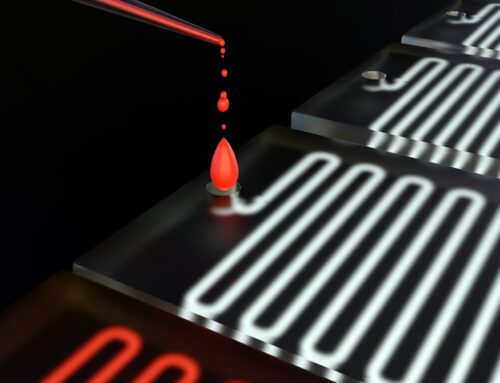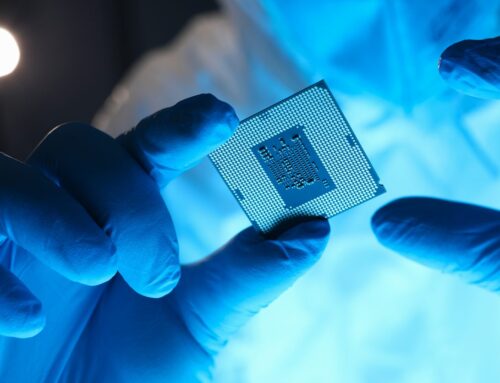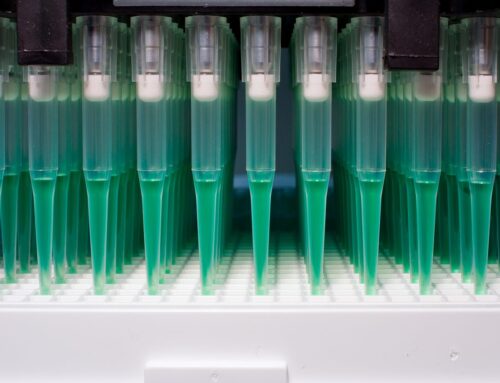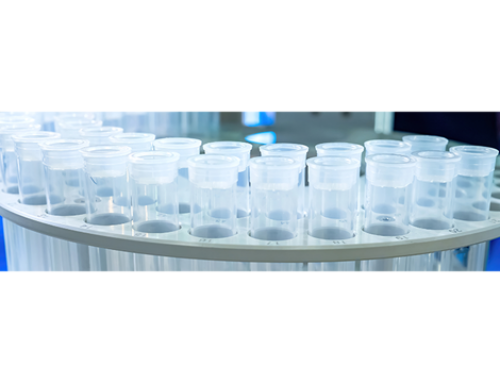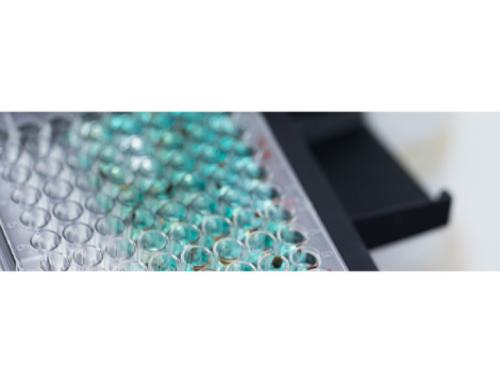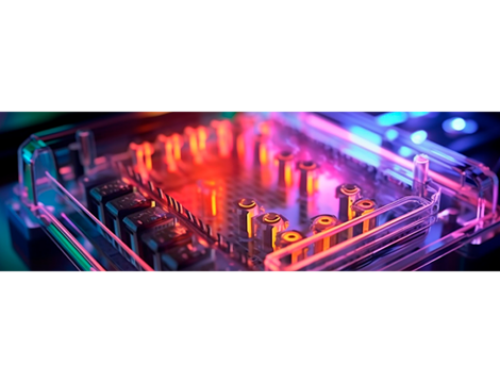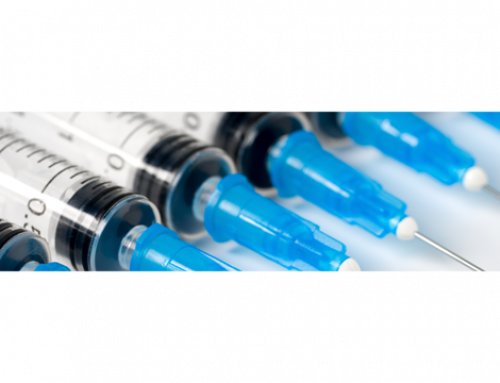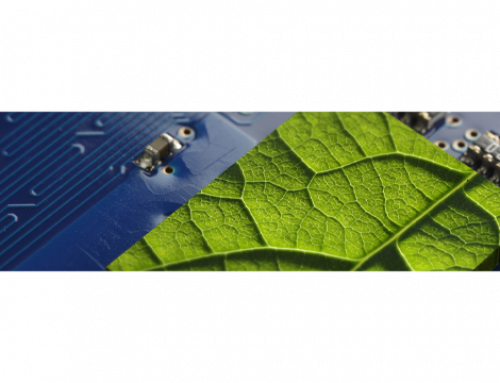Single cell isolation has become a must-have capability for biological research institutions the world over. In cancer research, immunology, neuroscience, microbiology, stem cell research, and beyond—the ability to derive extensive genomic, transcriptomic, and epigenomic insights from single cells empowers researchers to gain a greater understanding of everything from understanding the behavior of immune cell populations or microbial ecology to the development of tumors, stem cells, or the human brain. In biomedicine alone, single-cell sequencing has incredibly consequential applications for drug discovery and regenerative medicine.
Sorting, isolating, and sequencing the basic structural, functional, and biological unit of living organisms is possible thanks to advancements in cellular manipulation tools and techniques, made possible through the tens of billions of dollars that have poured into investments in new biomanipulation tools and methods.
As lab-on-a-chip technology advances, microfluidics is playing a bigger and bigger role in making single-cell isolation and sequencing operations easier to perform in a wider range of research applications. In this article, we’ll dive into how microfluidic cell culture works and the benefits it brings to researchers worldwide.
What is Microfluidic Cell Culture?
Single cells operate at a vastly small scale—eukaryotic cells are between 10 and 100 micrometers—well within the range of the micro amounts of fluid manipulated by the channels and structures of a microfluidic chip. This is the foundation of microfluidic cell culture—the use of microfluidic physics and lab-on-a-chip design principles to manipulate and control cell cultures for isolation, sequencing, and other forms of analysis.
By integrating biochemistry with microfluidic physics and engineering, microfluidic chips bring the strengths of lab-on-a-chip assay to single-cell sequencing and isolation, empowering researchers with higher-throughput, adaptable laboratory tools that can adapt to any field at any scale.
How Single-Cell Isolation Works with Microfluidic Cell Culture
By controlling the flow of extremely small samples of fluid, microfluidic chips use hydrodynamic forces to separate cell cultures into individual cells. Microfluidic droplet generator structures can encapsulate these single cells in tiny droplets of aqueous solution, which act as isolated reaction chambers.
Through precise and complex fluid manipulation and the incorporation of micro-scale pumps, valves, and sensor integration, these microfluidic chips bundle an entire lab’s analysis functionality into a single portable device that can be used in the field.
After isolating the cells in a given sample, microfluidic chips can be designed to facilitate sorting, single-cell sequencing, and other cellular manipulation actions.
The Benefits of Cellular Manipulation With Microfluidics
Microfluidics make the single-cell isolation process easier, faster, and more accurate—making it especially invaluable for cell sorting and sequencing in any biomedical research field. Thanks to microfluidics, researchers enjoy:
- Simultaneous, separate, and automated handling for thousands or even millions of cells for more efficient and higher-throughput large-scale studies.
- Precise control over cellular manipulation, ensuring uniform conditions across samples and throughout experiments for reduced variability
- Significant cost savings, due to significantly decreased volume requirements for expensive reagents or rare cell samples
- More reliable results due to the enclosed microfluidic environment’s significantly reduced risk of contamination and higher sensitivity toward lower-abundance molecules
- Greater insights into cellular heterogeneity due to trading bulk analysis over individual cell analysis
- More convenient multiplexing and comprehensive analysis through integrating different assays into a single compact microfluidic platform
- Consistent, controlled environments for reproducible results across different experimental trials
- Faster turnaround for single-cell isolation and preparation
- Real-time monitoring and analysis of cellular processes
- Enhanced cellular viability and integrity for more effective downstream analysis
Microfluidic cell culture is especially a boon for stem cell researchers, since slow-dividing and non-dividing cells can be studied more easily than with traditional two-dimensional cell culture methods such as using flasks or petri dishes. Microfluidics enable three-dimensional cell environments, which are especially useful for studying samples of tumor cells.
How to Build Microfluidic Cell Culture Devices
Microfluidic cell sorting and cell culture devices are a cut above the typical lab-on-a-chip. While microfluidic chips rely on tight tolerances and extremely precise designs to manipulate and analyze fluid samples, microfluidic cell culture demands unique design considerations to mimic cellular microenvironments, encourage normal cell behavior, and prevent outside contamination or exposure to cell stressors.
Microfluidic cell culture devices used in single-cell sequencing and cell sorter applications must incorporate culture chambers where cells can attach, grow, and proliferate. Especially careful consideration has to be given to what these chips are made of—the materials and adhesion methods used must meet high standards of biocompatibility and support desired cellular behaviors. Precision designed microvalves and micropumps are even more critical for providing nutrients, removing waste, or applying drugs or other materials to cell cultures.
It isn’t easy to build reliable, versatile microfluidic cell sorting or cell culture chips—the work demands an even more specialized collection of biochemical and engineering expertise.
Build Better Microfluidic Cell Culture Solutions with Vantiva Precision BioDevices
When you design custom microfluidics for cell sorting and single-cell sequencing, you design solutions to transform research into cancer treatment, discover and refine new personalized drug treatments, or advance stem cell research or neurology—the sky is the limit. It isn’t easy, though, to create a customized lab-on-a-chip device that does what your research team—or researchers around the world—need in a next-generation cell culture solution.
That’s where Vantiva Precision BioDevices comes in. With a vast legacy of micro-engineering and global logistics expertise, we act as strategic manufacturing and distribution partners to help engineers and designers shoulder the burdens—and avoid the risks—of bringing new designs for microfluidic biomedical solutions to life and to market at any scale, from one-off prototypes to mass-produced laboratory tools.
Reach out to us today with your ideas for microfluidic single-cell sequencing and isolation solutions and we will help you make them reality.

